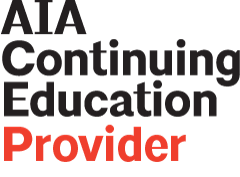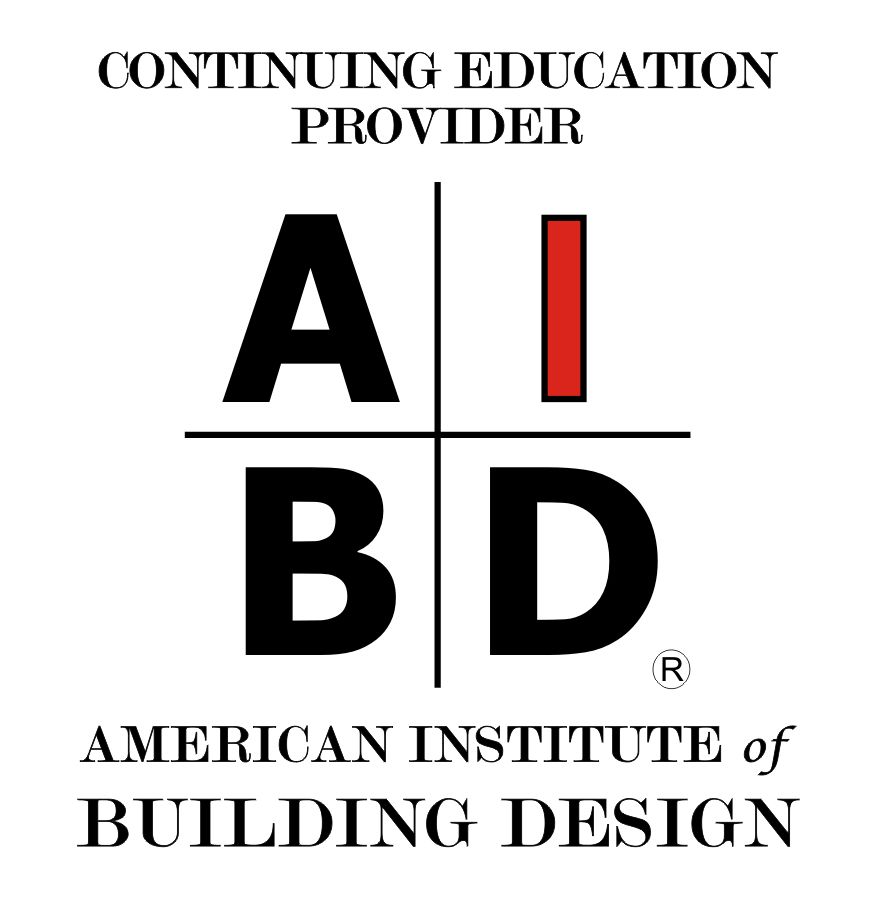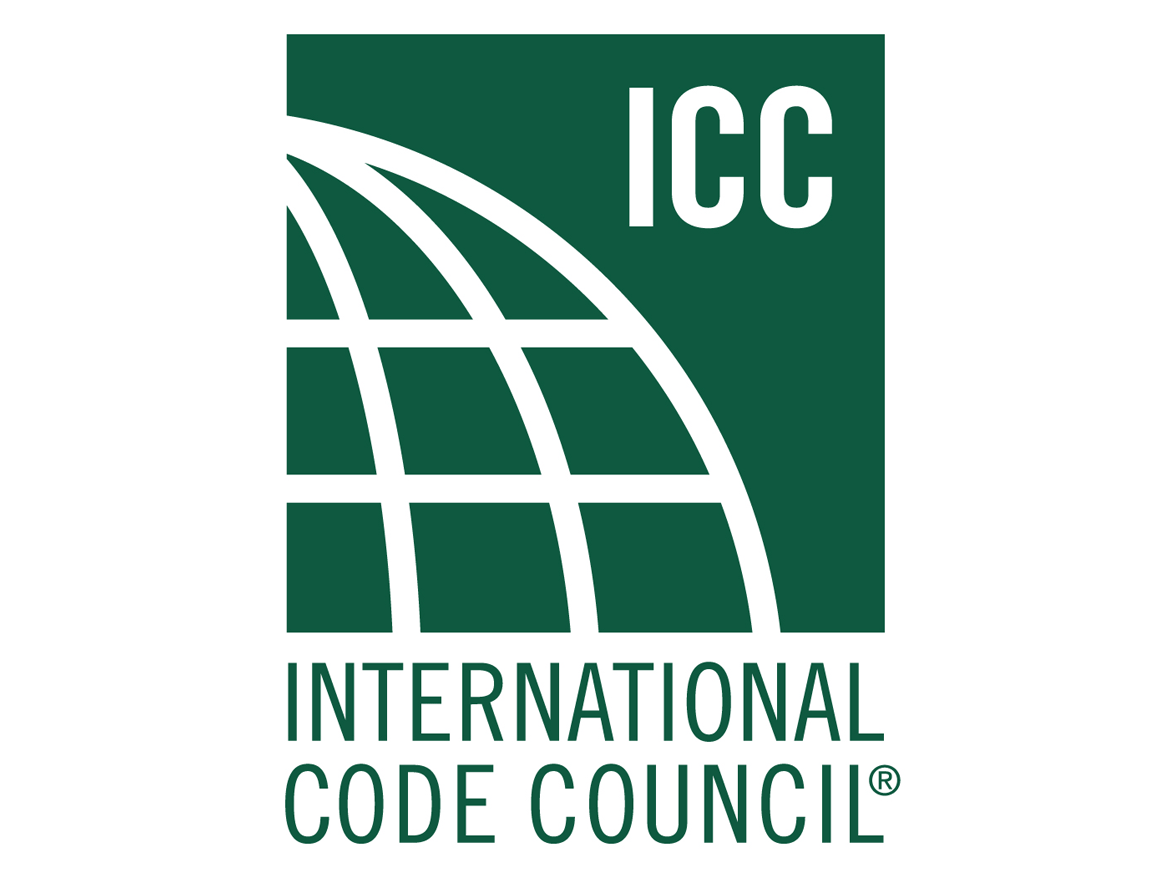Credits: 1 AIA LU/HSW; 1 AIBD P-CE; 0.1 ICC CEU; 0.1 IACET CEU; 1 PDH
May qualify for learning hours through most Canadian architectural associations
Designs that needlessly complicate steel framing can result in increased embodied carbon. During the early stages of design, the tools of parametric modeling and optimization can quickly produce structural solutions that remedy this. Project case studies will explore their application to vibration-sensitive floor design and the construction of long-span structures. Attendees will be given an overview of the current tools available for monitoring embodied carbon throughout all design phases and an understanding of how this process is an important step towards achieving SE2050 and AIA2030 environmental objectives.
Learning Objectives:
- Analyze the impacts of material choice on the design and the embodied carbon reduction project goals.
- Recognize how design iterations can help in determining the best structural layout for a building.
- Identify the SE2050 and AIA2030 environmental commitments.
- Compare Industry average EPDs (Environmental Product Declarations) to manufacturer or Facility Specific EPDs and implement these data in the multi-objective optimization process.
Sponsored by:




